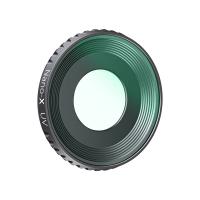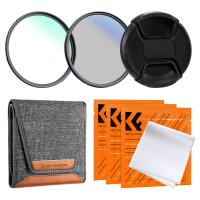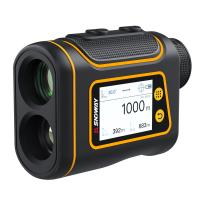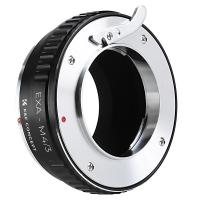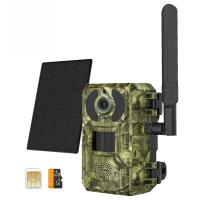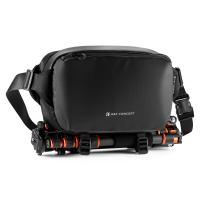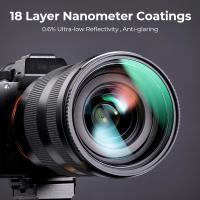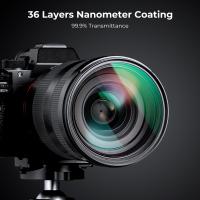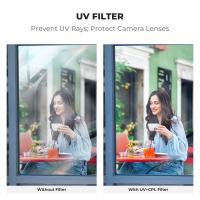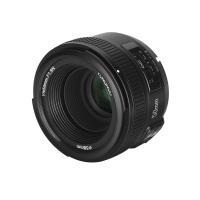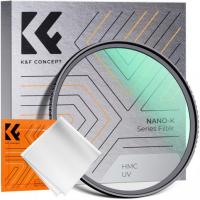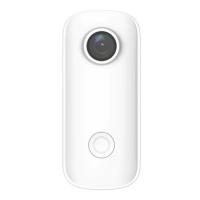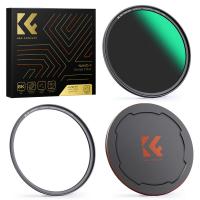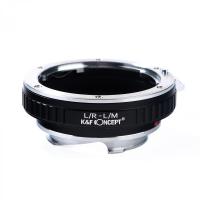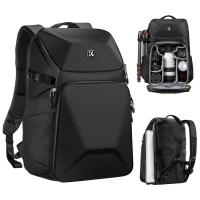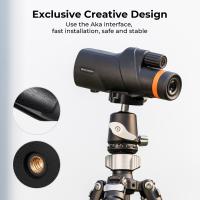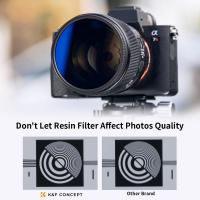How Uv Filter Works Camera?
When it comes to photography, light is the fundamental component that shapes the images we capture. While most photographers are familiar with manipulating visible light through various techniques and gear, few truly comprehend the significance of ultraviolet (UV) light in photography. Specifically, understanding how UV filters work can make a pivotal difference in the quality of the photos you take. This article aims to demystify the function of UV filters, delving into the science behind them, their practical benefits, and how they can enhance your photography.
Understanding Light and UV Rays
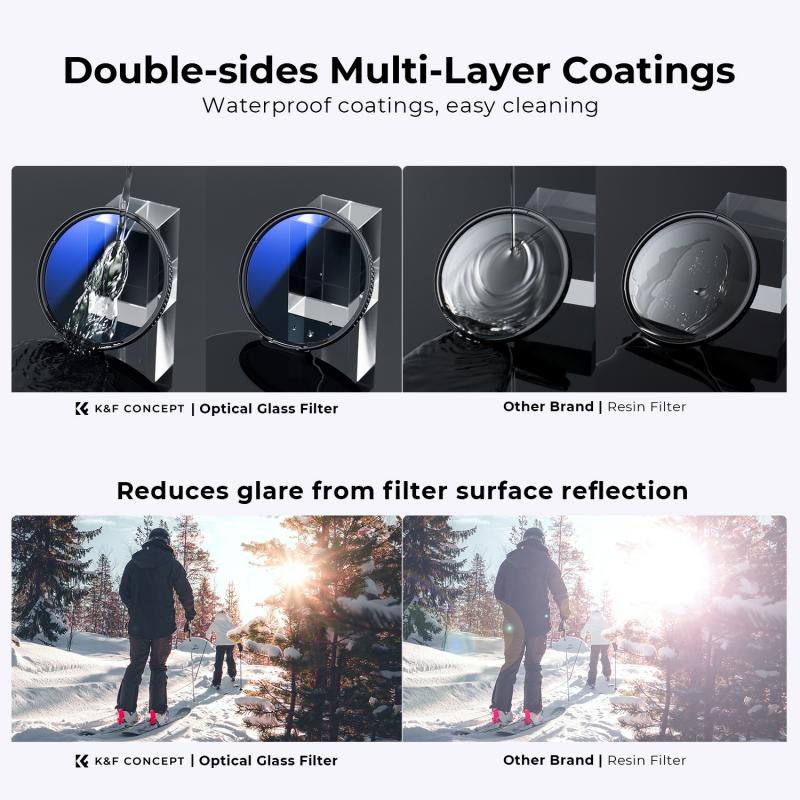
Before exploring UV filters, it’s crucial to grasp what UV rays are and how they affect your photographs. Ultraviolet light is a type of electromagnetic radiation with shorter wavelengths than visible light, ranging from about 10 nm to 400 nm. UV light is further divided into three subcategories:
1. UVA (320-400 nm): This category penetrates the atmosphere and reaches the Earth's surface.
2. UVB (290-320 nm): Mostly absorbed by the Earth’s atmosphere but still capable of reaching the surface in smaller doses.
3. UVC (10-290 nm): Completely absorbed by the Earth’s atmosphere and doesn't reach the ground.
In the context of photography, UVA rays are the most relevant as they can penetrate most camera lenses and lead to various issues like haze and chromatic aberrations.
What is a UV Filter?
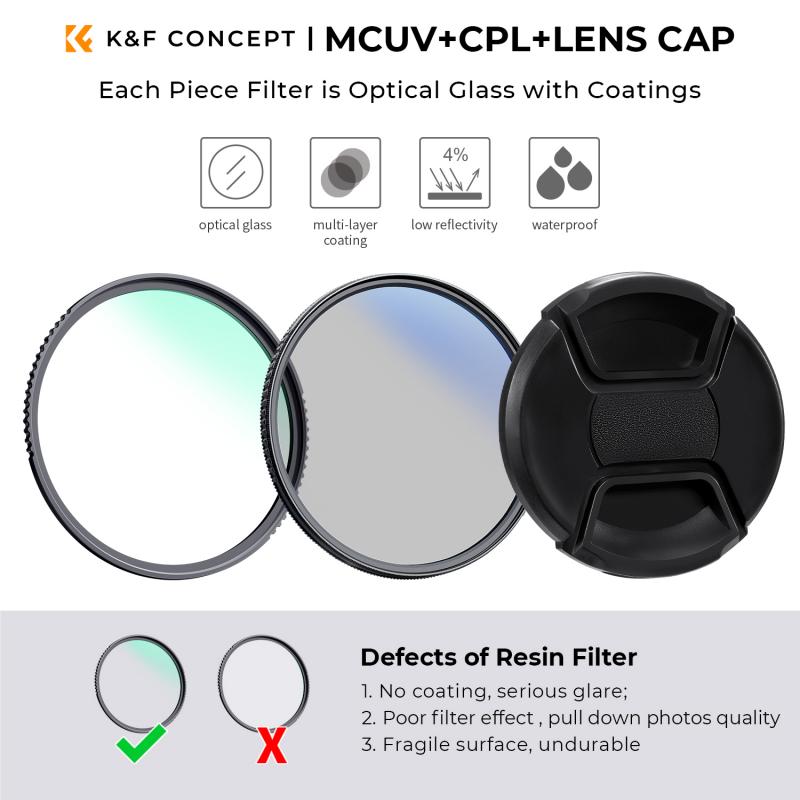
A UV filter is a piece of clear optical glass designed to absorb ultraviolet rays and prevent them from entering your camera lens. These filters are typically transparent to visible light but have a coating or material that blocks UV light specifically. They attach to the front of your camera lens and come in various diameters to match different lens sizes.
How UV Filters Work
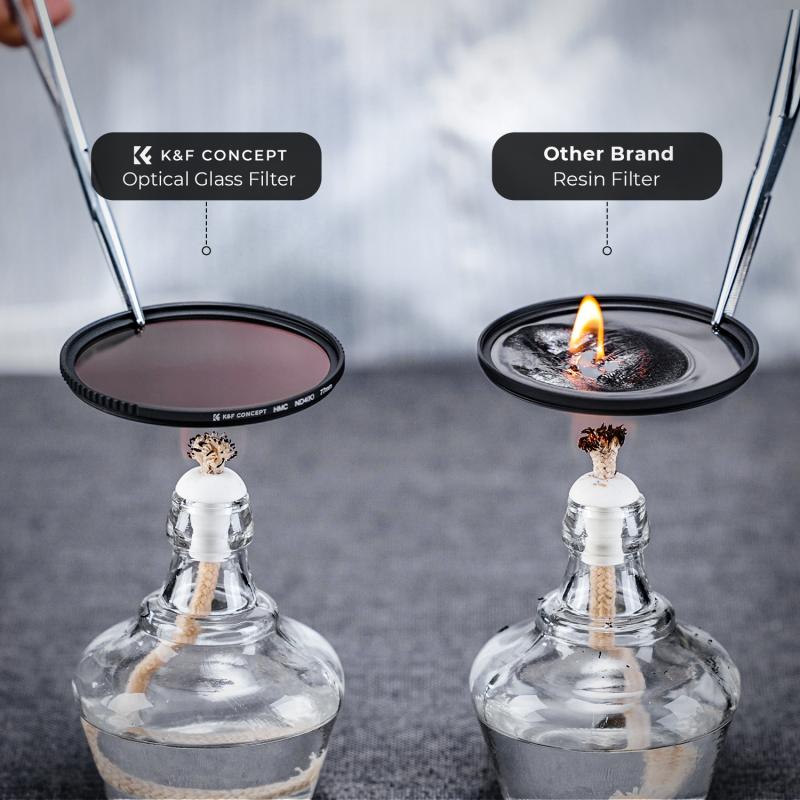
The primary role of a UV filter is to block UV light from reaching your camera's sensor. Here’s how it works in detail:
1. Absorption: The UV filter contains a coating or material that absorbs ultraviolet light. This prevents UV rays from causing chromatic aberrations or haze, which can degrade the sharpness and overall quality of your photos.
2. Reflection: Some UV filters have multi-coating layers that reflect UV light instead of absorbing it. These coatings can also reduce lens flare and ghosting, enhancing the contrast and clarity of your images.
The Practical Benefits of Using a UV Filter
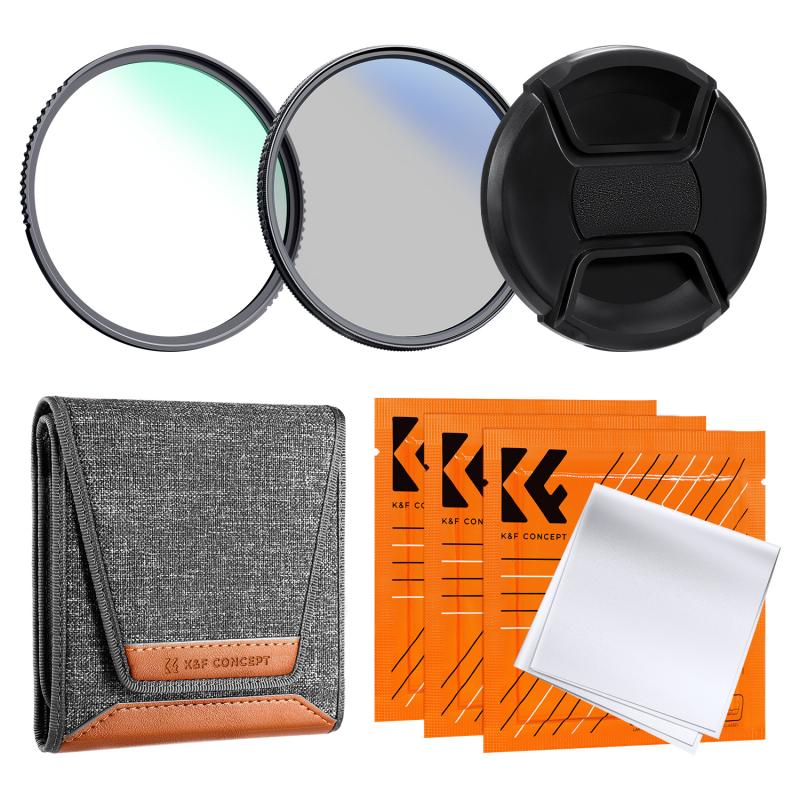
While modern camera sensors and lenses are designed to limit the impact of UV light, using a UV filter still offers numerous practical advantages, particularly in specific situations.
1. Image Clarity and Sharpness
UV rays can scatter as they pass through the atmosphere, creating a hazy effect in your photographs. By blocking these rays, a UV filter enhances the clarity and sharpness of your images, especially in outdoor shooting conditions.
2. Lens Protection
One of the most notable benefits of UV filters is their protective function. A UV filter acts as the first line of defense for your expensive lens. It can protect against scratches, dust, and smudges, which can be particularly useful in rugged environments.
3. Reduced Chromatic Aberration
UV light can cause chromatic aberration, resulting in purple fringing around the edges of objects in your photos. By filtering out UV light, you minimize this issue, thus improving the quality of the final image.
4. Consistent Performance
A high-quality UV filter ensures that your lens performs consistently better in various lighting conditions. Whether you're shooting in the bright midday sun or in the fading light of dusk, a UV filter helps maintain the integrity of your images.
UV Filters vs. Other Filters
It's essential to distinguish UV filters from other types of filters like polarizing and neutral density (ND) filters:
- Polarizing Filters: These filters are designed to reduce reflections and glare from non-metallic surfaces and enhance the colors in your photos. They function differently from UV filters and serve another set of purposes.
- Neutral Density (ND) Filters: ND filters reduce the amount of light entering your lens, allowing you to use slower shutter speeds or wider apertures in bright conditions. Unlike UV filters, ND filters do not specifically block UV light.
Choosing the Right UV Filter
When selecting a UV filter, consider the following aspects to ensure you get the best results:
Quality of Glass
Higher quality UV filters use optical glass with superior transparency and fewer imperfections. A poor-quality filter can negate the benefits by introducing distortions or reducing image sharpness.
Coating
Look for multi-coated filters, as they offer better protection against reflections and flare. Coatings can also make the filter more resistant to scratches and easier to clean.
Thread Compatibility
Ensure that the filter’s diameter matches that of your lens. Compatibility is crucial for a secure fit and optimal performance.
Brand Reputation
Renowned brands often provide UV filters with more reliable performance and long-lasting quality. Investing in a good brand can save you from future frustrations.
When to Use a UV Filter
While you can attach a UV filter to your lens and leave it on permanently, certain situations make their use particularly beneficial:
- Outdoor Photography: When shooting landscapes, cityscapes, or other outdoor scenes, UV filters can significantly improve image clarity by reducing haze.
- High Altitudes & Snowy Conditions: At higher altitudes, UV light is more intense. Similarly, snowy environments reflect UV light, making a UV filter essential to prevent overexposure.
- Protective Scenarios: If you’re photographing in environments where your lens could be exposed to dust, sand, or salty air, a UV filter serves as a valuable protective layer.
In summary, UV filters serve a dual purpose of improving image quality by blocking ultraviolet light and protecting your lens from potential damage. While modern cameras and lenses have built-in mechanisms to handle UV light, the additional layer of defense provided by a UV filter can be invaluable. This relatively inexpensive accessory helps you capture sharper, clearer photos and extends the lifespan of your lens.
Understanding how UV filters work can empower you to make more informed decisions about your photographic gear. By choosing the right UV filter and knowing when to use it, you can enhance your photography, whether you're an amateur or a seasoned professional.



